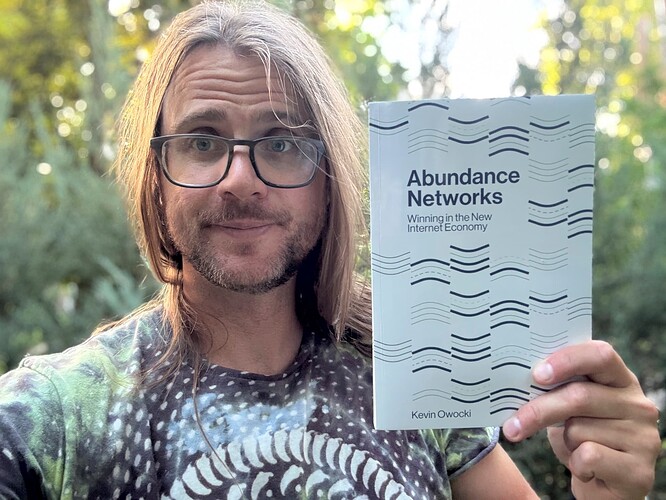From Chaos to Coordination: How Abundance Networks Can Transform Progressive Organizing
The Progressive Movement’s Coordination Crisis
The American left is stuck in a destructive cycle. Despite widespread support for progressive policies, the movement fragments across competing organizations that vie for the same donor dollars, volunteer time, and media attention. Activists burn out as hierarchical nonprofits extract value from grassroots energy while offering little agency to community members. Election cycles create boom-bust patterns where engagement spikes temporarily then crashes, leaving communities without sustained organizing infrastructure.
The current system treats political engagement like a scarce resource to be allocated by institutional gatekeepers rather than abundant energy that grows through participation. Progressive organizations often replicate the same extractive patterns they oppose—centralizing power, competing for resources, and treating community members as consumers of activism rather than co-creators of change.
What Are Abundance Networks?
Abundance networks are coordination systems designed so individual success requires collective success. Instead of competing for limited resources, participants create value together through democratic governance, shared ownership, and positive-sum incentives. Key principles include:
Capture-Proof Design: Value created by community participation stays with the community rather than being extracted by intermediaries. Think Wikipedia vs. Facebook—both harness network effects, but Wikipedia serves contributors while Facebook extracts from them.
Democratic Coordination: Decision-making power flows to people affected by decisions rather than institutional hierarchies. Examples include participatory budgeting, consensus processes, and contribution-based reputation systems.
Mutual Benefit: Individual advancement aligns with community advancement. Platform cooperatives, community land trusts, and mutual aid networks demonstrate how personal success can strengthen rather than compete with collective power.
Building Progressive Power Through Abundance Networks
Abundance networks offer progressive organizers practical tools for addressing coordination failures that undermine movement building:
Resource Multiplication, Not Competition: Instead of organizations competing for donor dollars, quadratic funding enables communities to democratically allocate resources while preventing wealthy donors from dominating decisions. Small contributions from many people get amplified, reflecting genuine grassroots priorities.
Sustainable Engagement Infrastructure: Rather than extractive campaign cycles, abundance networks create ongoing coordination systems that build community capacity between elections. Community land trusts, cooperative enterprises, and mutual aid networks provide concrete benefits that sustain participation regardless of electoral outcomes.
Distributed Leadership Development: Contribution-based reputation systems enable quiet but consistent organizers to gain influence based on actual community building rather than charisma or institutional connections. This develops diverse leadership while preventing burnout among over-committed activists.
Cross-Movement Coordination: Platform cooperatives and shared governance systems enable different progressive organizations to coordinate activities while maintaining autonomy. Rather than turf wars, groups can build shared infrastructure that serves multiple movements simultaneously.
Getting Started: Practical Steps
Begin with existing coordination challenges: Apply abundance network principles to problems progressive groups already face—meeting facilitation, volunteer coordination, resource sharing, and decision-making processes.
Experiment with democratic resource allocation: Use quadratic voting for budget decisions, consensus processes for strategic planning, and transparent governance for organizational policies. GG24 in October could be a start.
Build shared infrastructure: Create platform cooperatives for progressive organizations, mutual aid networks for community resilience, and community land trusts for affordable organizing spaces.
Focus on regeneration over extraction: Design organizing strategies that build community capacity rather than just mobilizing people for specific campaigns.
The transition from extractive hierarhical to abundance-based organizing won’t happen overnight. But progressive communities that master these coordination principles first will have significant advantages in building sustained political power that serves people rather than institutions. The tools exist. The principles are proven. What’s needed is organizers willing to experiment with coordination that aligns individual success with collective liberation.
